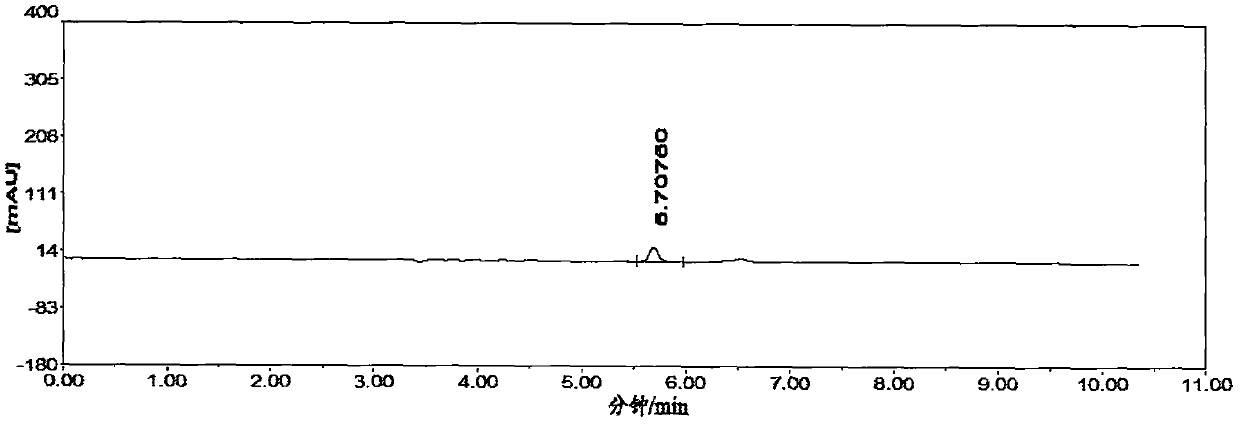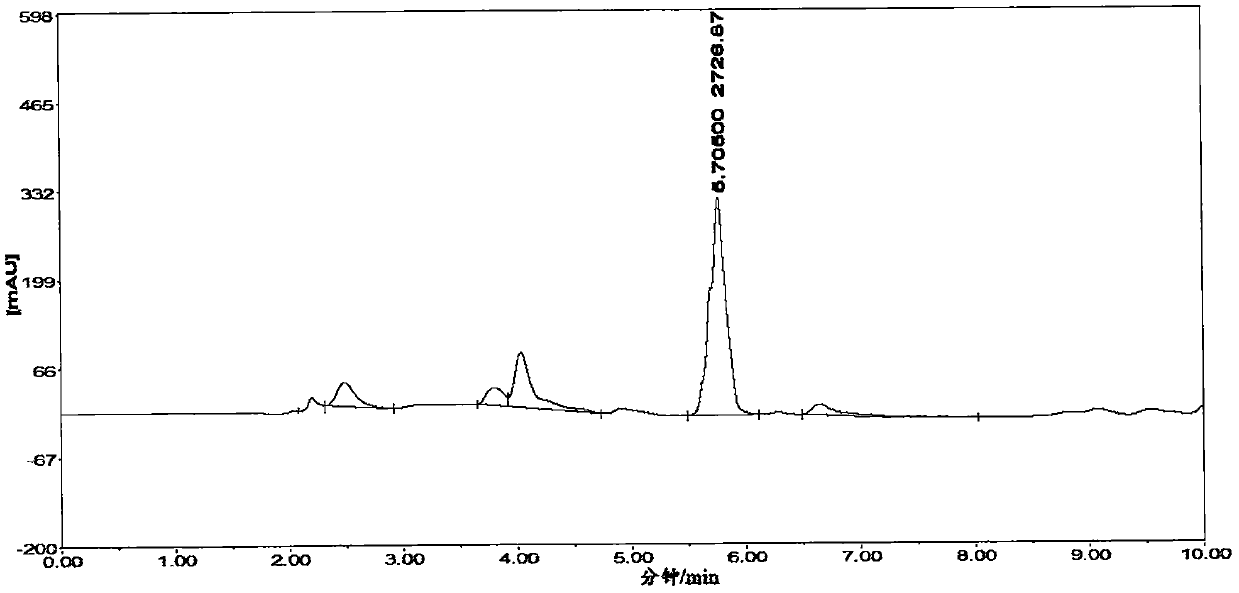A method for secondary immobilization of Debaria hansenii by using composite materials
A composite material and yeast technology, applied in the direction of immobilized enzymes, microorganism-based methods, biochemical equipment and methods, etc., to achieve the effects of overcoming low yield, novel preparation method, and high yield
- Summary
- Abstract
- Description
- Claims
- Application Information
AI Technical Summary
Problems solved by technology
Method used
Image
Examples
Embodiment 1
[0030] (1) Debaria hansenii immobilized by sodium alginate and activated carbon
[0031] Use the seed slant medium to activate Debaria hansenii, obtain the Debaria hansenii liquid fermentation strain after culturing in the seed medium and fermentation medium, filter the sterile gauze to separate the Debaria hansenii cells and ferment culture Base, according to the ratio of 0.5:1 (w / v), the liquid fermentation strain of Debaria hansenii was mixed with sodium alginate and activated carbon, the final concentration of sodium alginate was 25g / L, and the final concentration of activated carbon was 8g / L; Use a syringe to draw the mixture and drop it into CaCl 2 solution, the CaCl 2 The concentration of the solution was 19g / L, fixed at room temperature for 1h, and prepared into immobilized Debaryomyces hansenii pellets with a diameter of 0.3cm. After the pellets were separated by filtration with sterile gauze, they were washed twice with sterile water;
[0032] (2) Secondary immobil...
Embodiment 2
[0037] (1) Debaria hansenii immobilized by sodium alginate and activated carbon
[0038] Use the seed slant medium to activate Debaria hansenii, obtain the Debaria hansenii liquid fermentation strain after culturing in the seed medium and fermentation medium, filter the sterile gauze to separate the Debaria hansenii cells and ferment culture Base, according to the ratio of 1:1 (w / v), the liquid fermentation strain of Debaria hansenii was mixed with sodium alginate and activated carbon, the final concentration of sodium alginate was 30g / L, and the final concentration of activated carbon was 9g / L; Use a syringe to draw the mixture and drop it into CaCl 2 solution, the CaCl 2 The concentration of the solution was 20 g / L, fixed at room temperature for 2 hours, and prepared into immobilized Debaria hansenii pellets with a diameter of 0.4 cm. After the pellets were separated by filtration with sterile gauze, they were washed twice with sterile water;
[0039] (2) Secondary immobil...
Embodiment 3
[0044] (1) Debaria hansenii immobilized by sodium alginate and activated carbon
[0045] Use the seed slant medium to activate Debaria hansenii, obtain the Debaria hansenii liquid fermentation strain after culturing in the seed medium and fermentation medium, filter the sterile gauze to separate the Debaria hansenii cells and ferment culture According to the ratio of 1:1 (w / v), the liquid fermentation strain of Debaria hansenii was mixed with sodium alginate and activated carbon, the final concentration of sodium alginate was 35g / L, and the final concentration of activated carbon was 10g / L; Use a syringe to draw the mixture and drop it into CaCl 2 solution, the CaCl 2 The concentration of the solution was 21g / L, fixed at room temperature for 3h, prepared into immobilized Debaria hansenii pellets with a diameter of 0.5cm, and washed 2 times with sterile water after the pellets were separated by filtration with sterile gauze;
[0046] (2) Secondary immobilization of Debaria ha...
PUM
| Property | Measurement | Unit |
|---|---|---|
| diameter | aaaaa | aaaaa |
| diameter | aaaaa | aaaaa |
| diameter | aaaaa | aaaaa |
Abstract
Description
Claims
Application Information
 Login to View More
Login to View More - R&D
- Intellectual Property
- Life Sciences
- Materials
- Tech Scout
- Unparalleled Data Quality
- Higher Quality Content
- 60% Fewer Hallucinations
Browse by: Latest US Patents, China's latest patents, Technical Efficacy Thesaurus, Application Domain, Technology Topic, Popular Technical Reports.
© 2025 PatSnap. All rights reserved.Legal|Privacy policy|Modern Slavery Act Transparency Statement|Sitemap|About US| Contact US: help@patsnap.com



